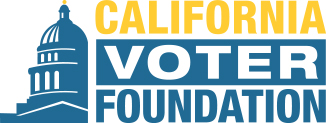Excepts:
Identity theft experts and elections officials are on guard for a new type of cybersecurity threat - one that stands not just to rob you of your personal information, but undermine your faith in the election.
Last week, NBC 7 Investigates showed you how to track your ballot by signing up for text notifications.
Even then, Kim Alexander with the California Voter Foundation worried bad actors might capitalize on this new statewide voter service.
“One issue that’s been discussed on one of the election security lists that I’m on is the potential for somebody to spoof this service,” said Alexander in an interview last Friday. “Or alarm voters with messages that are fraudulent.”

